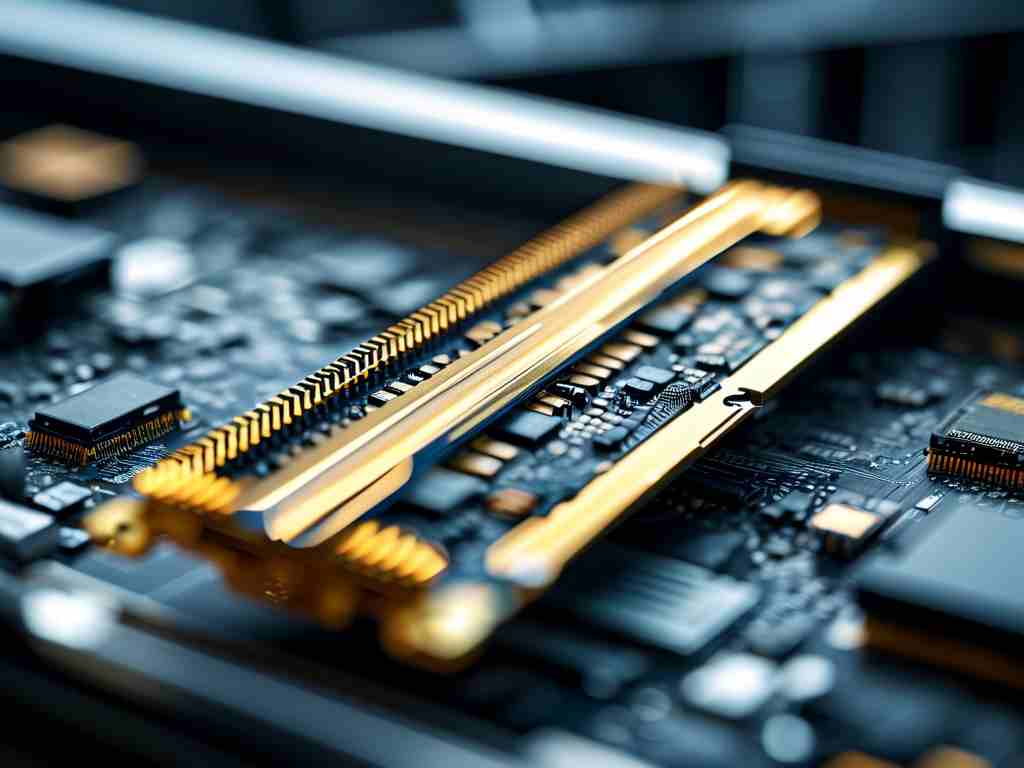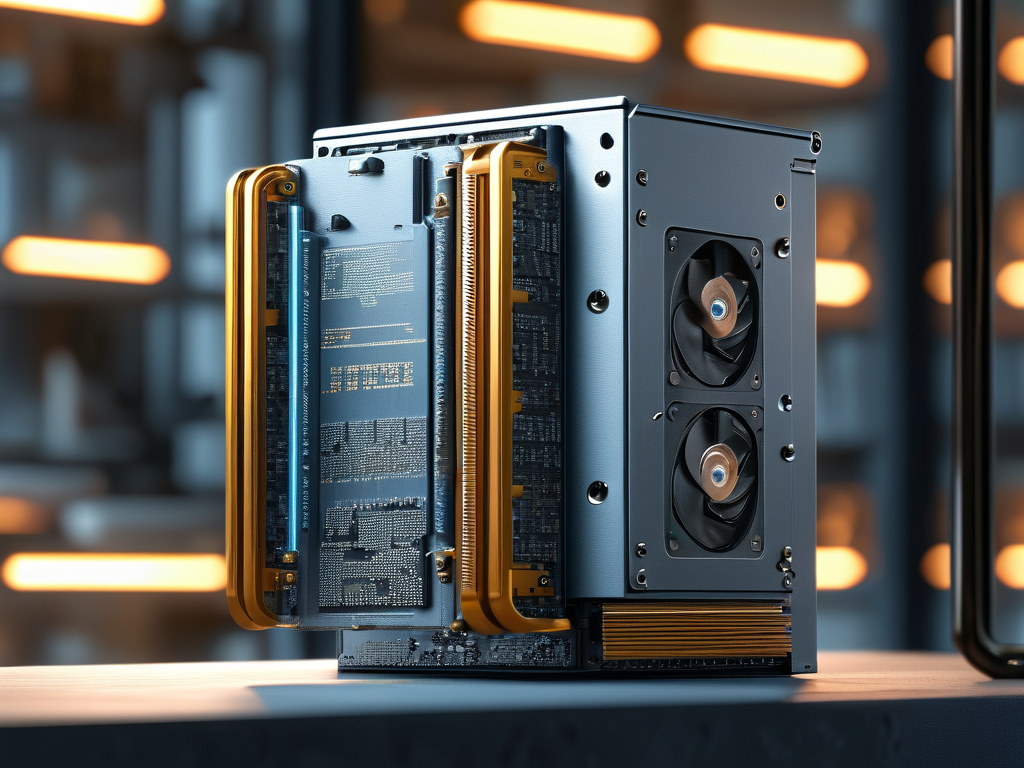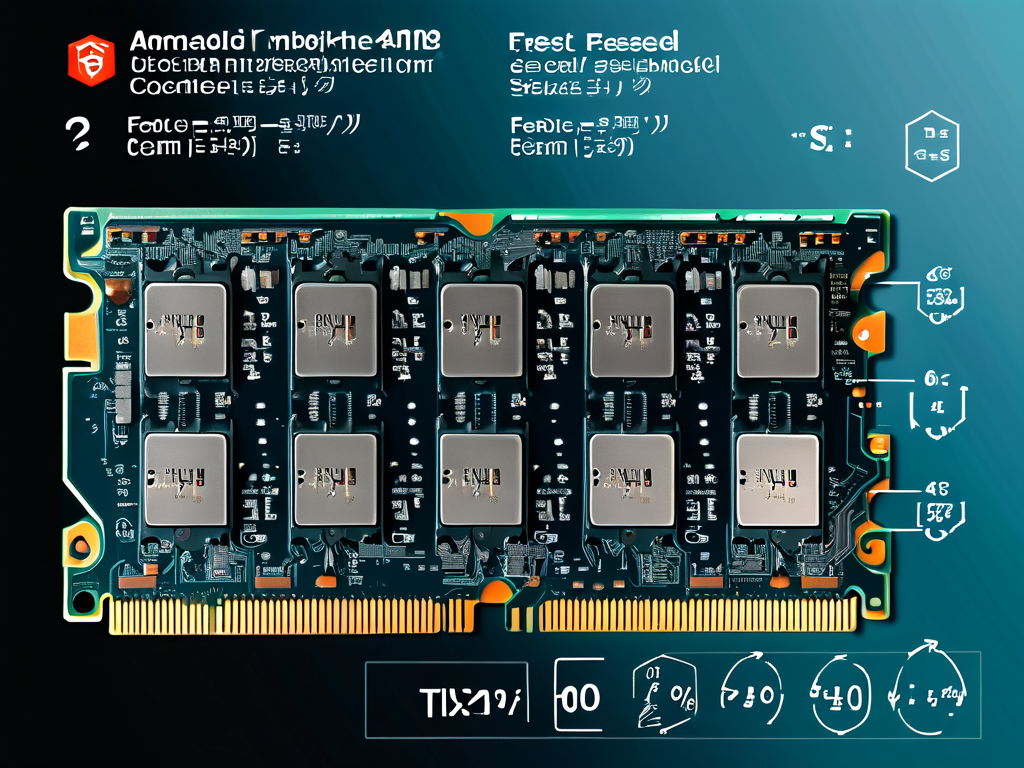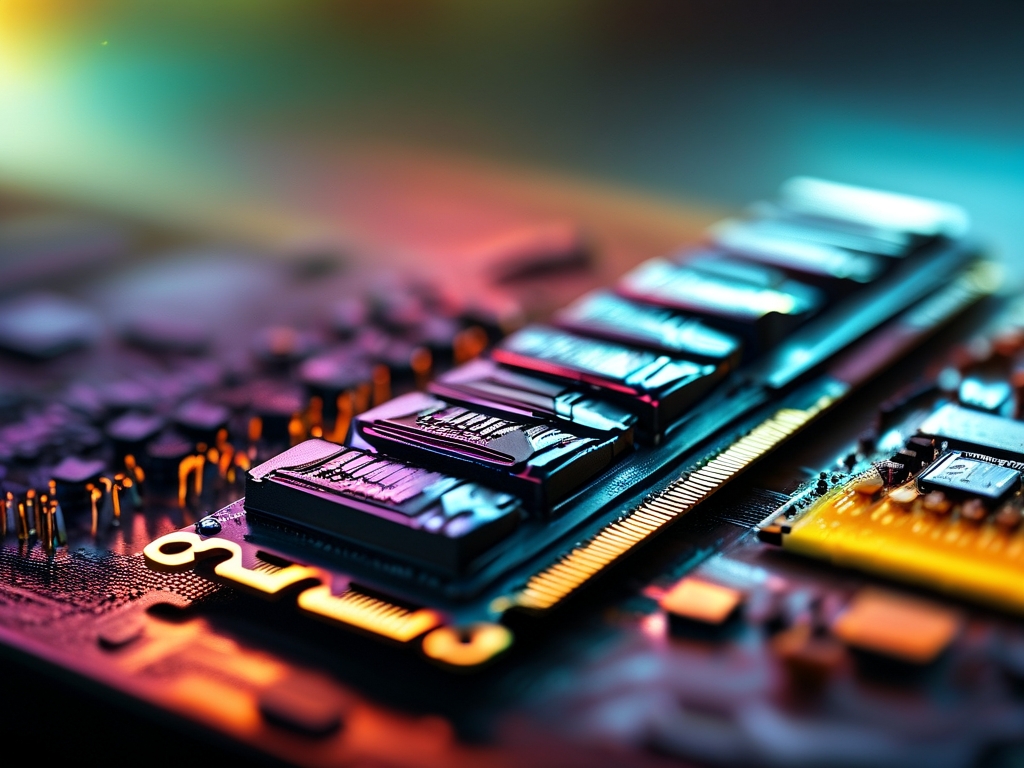When building or upgrading a computer, understanding how to evaluate memory speed is critical for achieving peak performance. While many users focus solely on a RAM module's advertised frequency, true speed calculation requires analyzing multiple interconnected factors. Let’s break down the technical details in plain language.
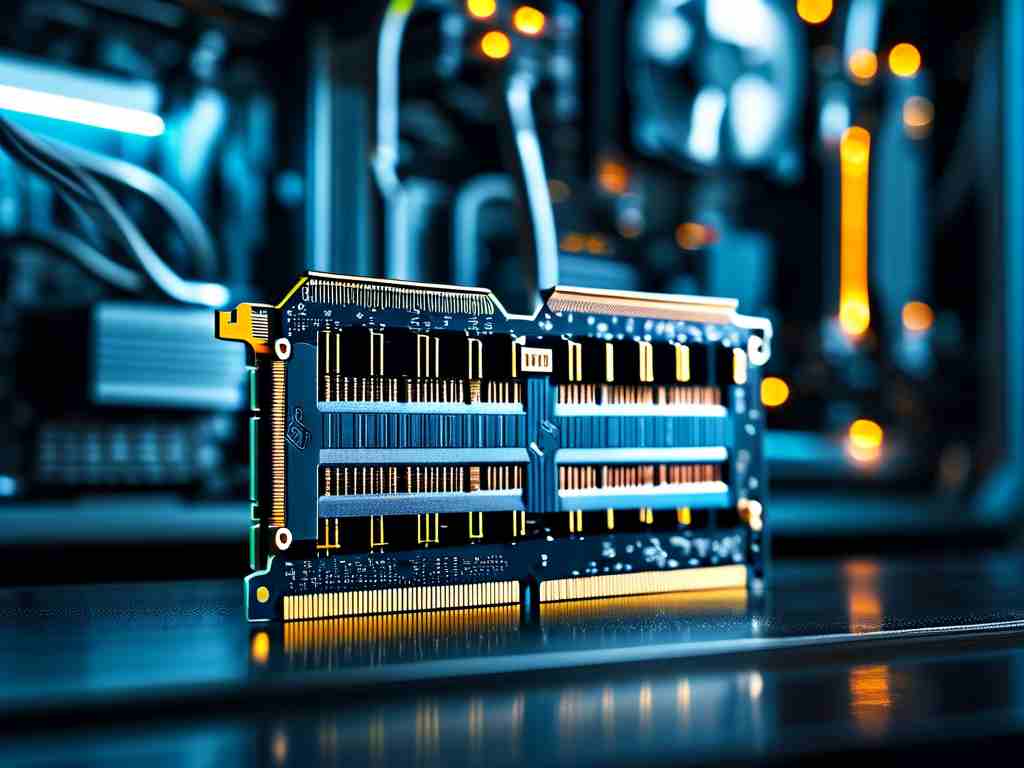
The Core Metric: Frequency vs. Effective Speed
RAM speed is often represented by MHz values like 2400MHz or 3200MHz. This number indicates how many data cycles the memory completes per second. However, raw frequency alone doesn’t tell the full story. For example, DDR4-3200 RAM performs 3.2 billion transfers per second, but actual throughput depends on its architecture. The term "DDR" (Double Data Rate) means data transfers occur on both the rising and falling edges of the clock signal, effectively doubling the base clock speed.
Timing Latencies: The Hidden Variable
Memory modules list timings like CL16-18-18-36. The first number (CAS Latency/CL) represents the delay between a command and data availability. Lower CL values indicate faster response times. To calculate true latency in nanoseconds, use this formula:
Latency (ns) = (CL × 2000) / Frequency (MHz) For instance, DDR4-3200 CL16 has a latency of (16×2000)/3200 = 10ns. This demonstrates why comparing modules with different frequencies requires this conversion—a lower MHz RAM with tighter timings might outperform higher-frequency alternatives in latency-sensitive tasks.
Bandwidth: The Throughput Multiplier
Memory bandwidth determines how much data can flow per second. The theoretical maximum is calculated as:
Bandwidth (GB/s) = (Frequency × Bus Width × Channels) / 8 Modern DDR4 modules with a 64-bit bus width in dual-channel mode achieve:
(3200MHz × 64-bit × 2) / 8 = 51.2GB/s
This explains why dual-channel configurations significantly boost performance—they essentially create a wider data highway.
Real-World Performance Considerations
-
Application Specificity
- Video editing and 3D rendering benefit from high bandwidth
- Gaming sees diminishing returns beyond 3600MHz for most GPUs
- Database operations prioritize low latency over raw speed
-
Platform Limitations
Motherboards and CPUs enforce maximum supported speeds. An Intel i7-12700K officially supports up to DDR5-4800, while AMD Ryzen 5000-series CPUs optimize performance around DDR4-3600. Exceeding these limits requires manual overclocking and stability testing. -
Generation Differences
DDR5 introduces bank groups and burst length enhancements, allowing 4800MHz modules to outperform DDR4-3200 despite higher CL values. The improved architecture compensates for increased latency through parallel processing.
Practical Testing Methods
To verify actual memory performance:
- Use AIDA64 or SiSoftware Sandra for latency and bandwidth benchmarks
- Run MemTest86 for stability checks after overclocking
- Monitor frame-time consistency in games using CapFrameX
The Cost-Performance Balance
High-speed kits (e.g., DDR5-6000) often cost 2-3× more than mainstream options. For most users, the sweet spot lies at:
- DDR4: 3200-3600MHz CL16
- DDR5: 5200-5600MHz CL36
Enterprise applications like AI training may justify premium modules, but average users rarely need extreme speeds.
Future-Proofing Considerations
While faster RAM improves longevity, technology shifts matter more. DDR4 dominated for 7+ years, but DDR5 adoption will accelerate as prices drop. Purchasing mid-range memory now allows budget allocation to components with more immediate impact, like GPUs or SSDs.
In , calculating true RAM speed requires balancing frequency, timings, and platform capabilities. By understanding these interrelationships, users can optimize their systems without overspending on unnecessary specifications.




